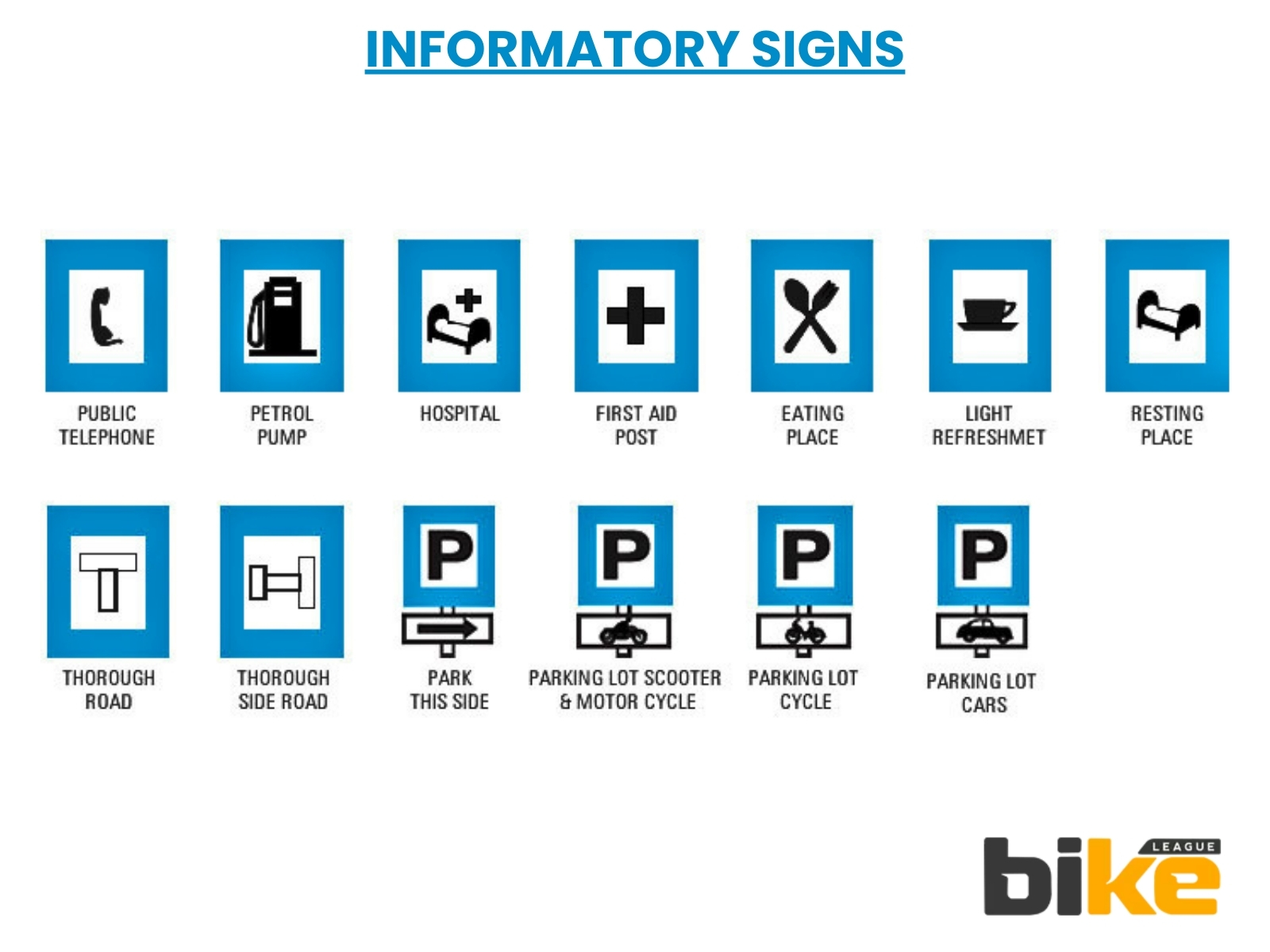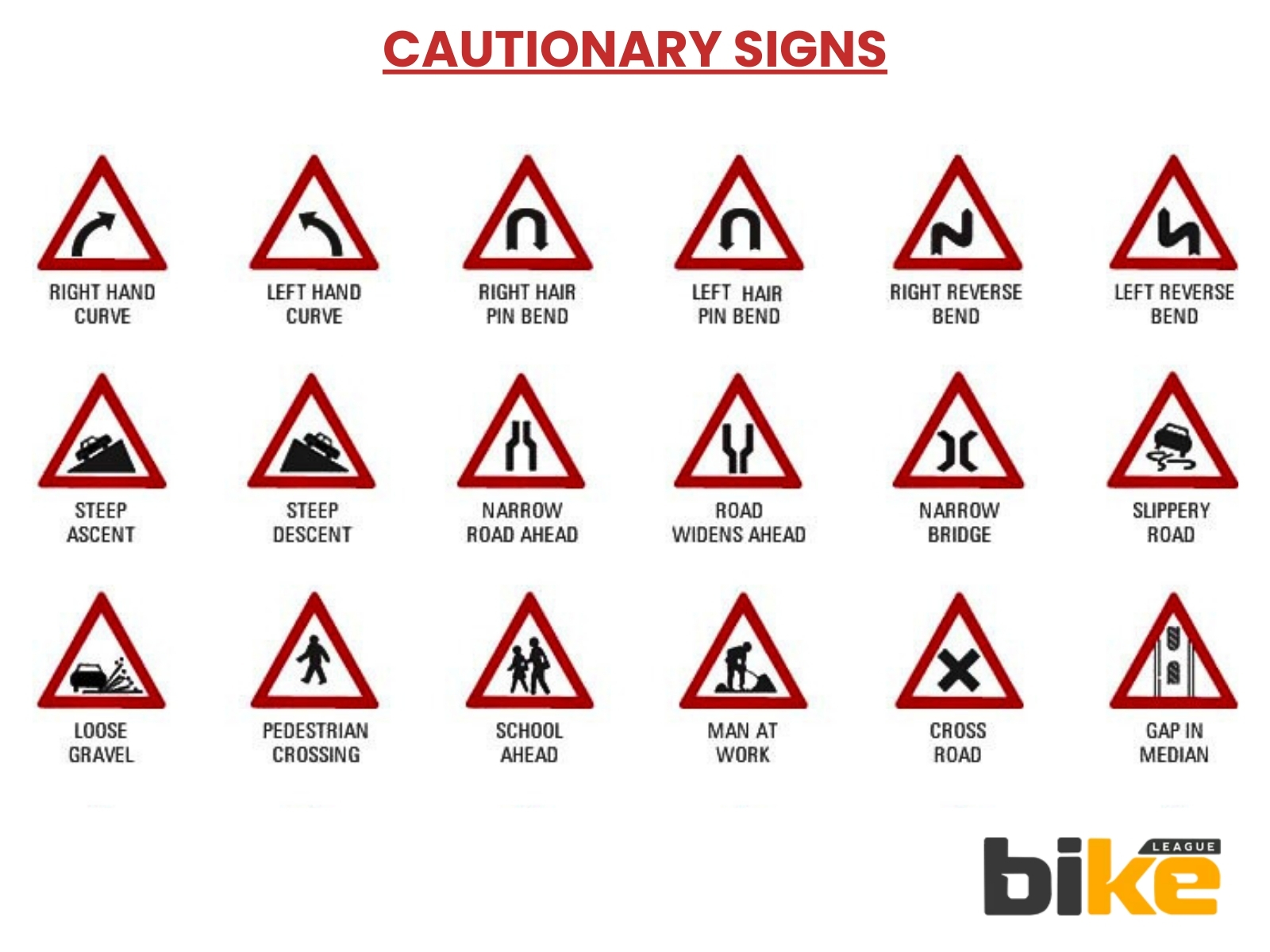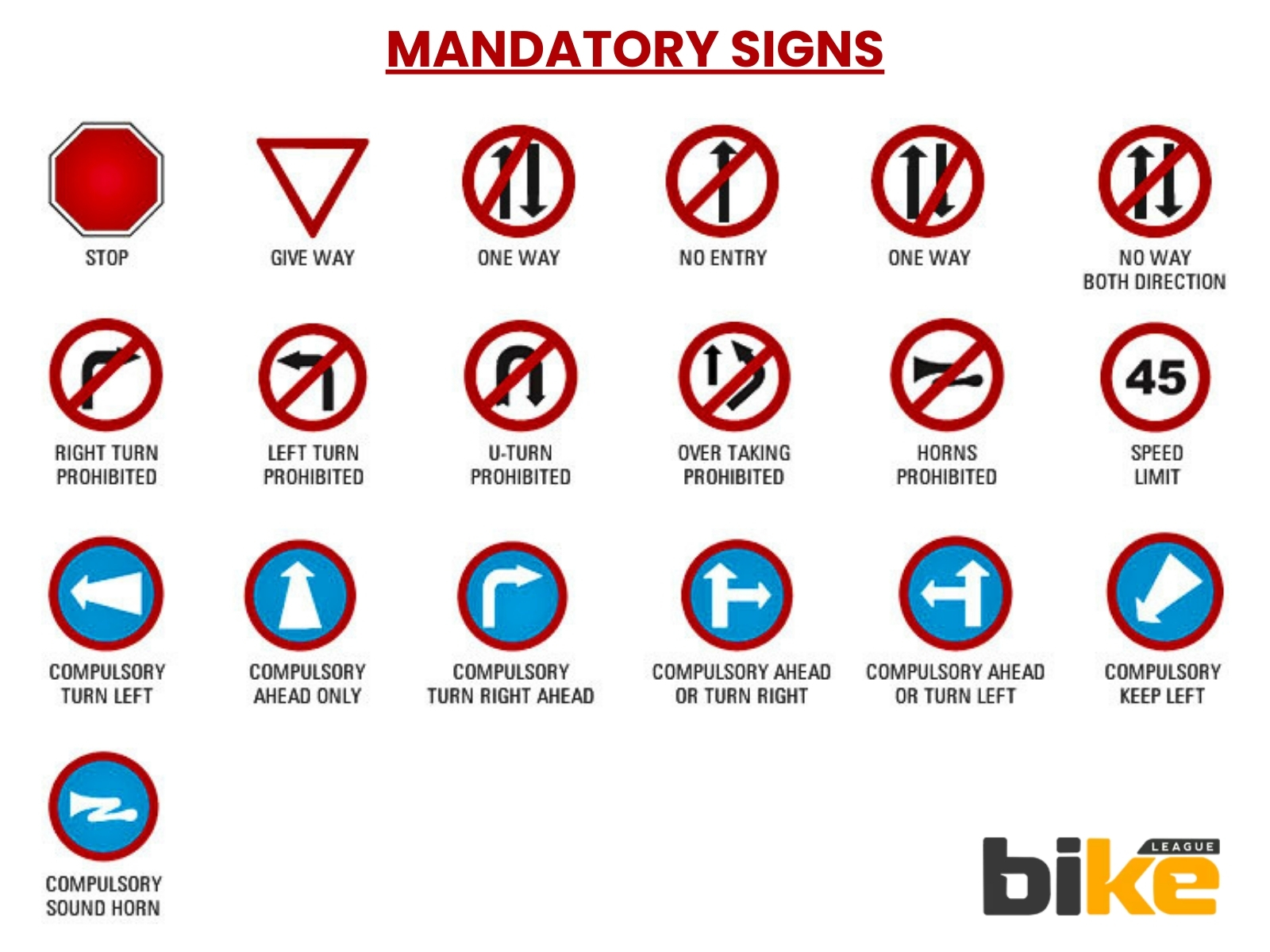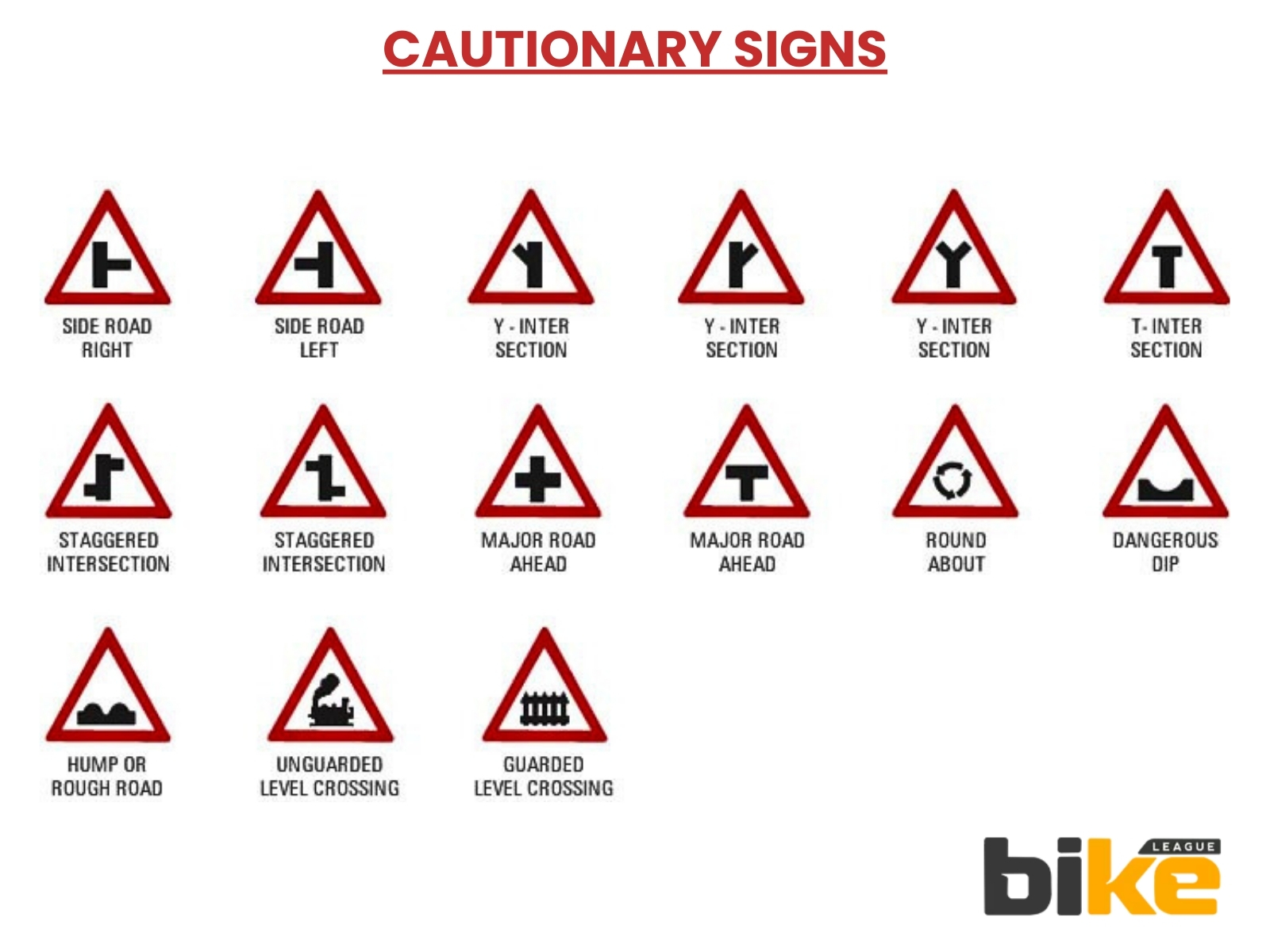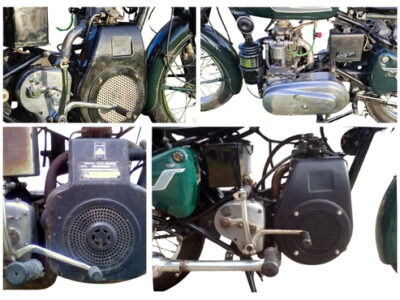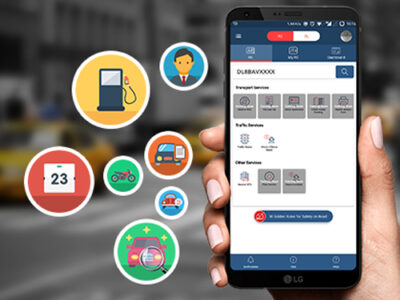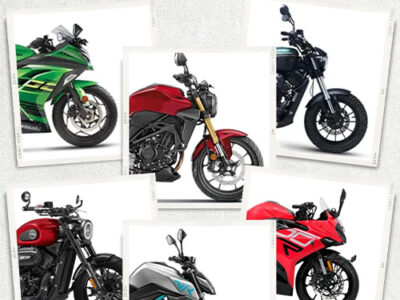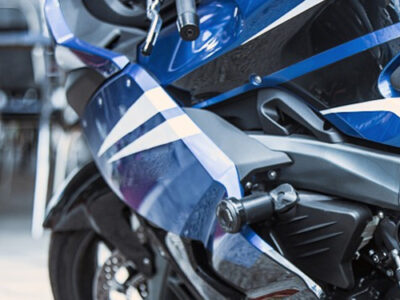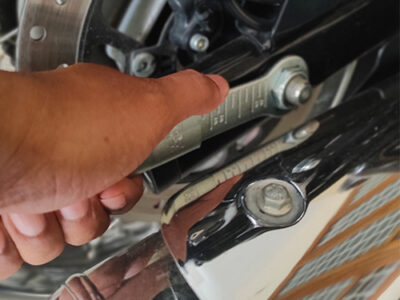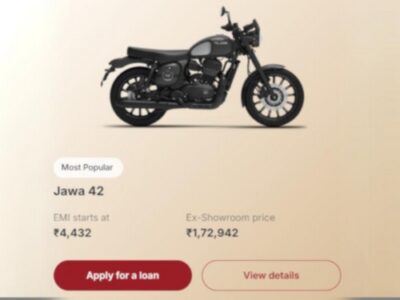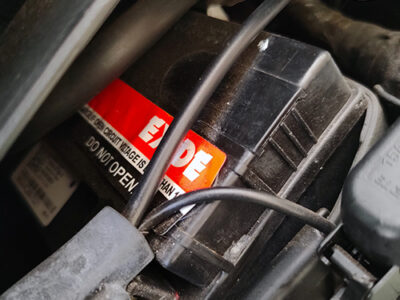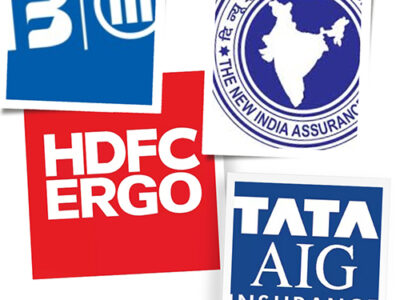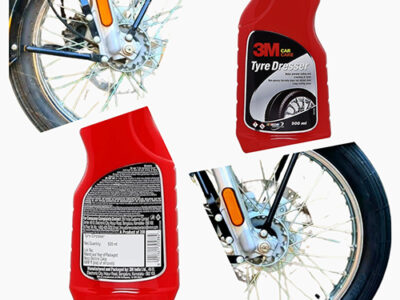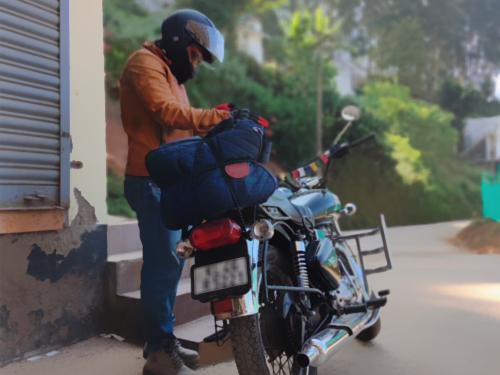
|
Getting your Trinity Audio player ready...
|
Long story short: Learn the defensive bike/motorcycle driving tips & safe riding techniques for bikers in India. Learn the skills you need to protect yourself.
What is the meaning of defensive driving for bikers?
Defensive bike/motorcycle driving is not just a style; it’s a powerful tool that empowers you to keep yourself and others safe on the road. It’s a proactive approach to riding that enhances your awareness and anticipation and gives you the control to manage errors effectively.
What is the core concept of defensive driving for bikers?
Don’t expect other drivers to see you or behave perfectly. Ride as if you’re invisible and prepared for anything.
List of all tips for defensive bike driving for bikers
Here is a list of all tips and techniques that fall under defensive bike riding in India. We must learn and implement each one of these on our roads for our safety and the safety of others. Do not skip reading any of these defensive motorcycle driving tips. Here are the 20 defensive motorcycle driving techniques.
1. Maintain proper tyre pressure & tyre health
Even with defensive riding, a worn-out bike tyre may not always protect us from unforeseen circumstances. A good grip, whether on sand, gravel, oil, water, or anything else, is crucial. Check your tyre air pressure at least once a week.
During regular inspections, look for signs of side wear, significant cuts, punctures, bent spokes, or cracked rims. Certain tyres have indicators for minimum and maximum tread wear. It’s essential to replace them before they reach the minimum tread level.
2. Check brakes and brake pads
Checking brake pads at a regular interval is very important because we won’t know about wear until the pads start biting the disc plates. Disc plates, also known as rotors, are costlier to replace. Don’t let it happen.
Remember, once the disc plate has a scratch, braking efficiency is compromised. It is also essential to replace brake fluids once every two years to ensure good braking performance.
3. Left side overtaking
There are three scenarios in which left-side overtaking is allowed in defensive bike/motorcycle driving techniques, and the third scenario is very few really know about, and they are
- The vehicle to be overtaken is either turning right or making a U-turn from the centre of the road and giving a signal to turn. It would be safe to overtake from the left.
- The vehicle to be overtaken is stationary and safe to pass from the left.
- The vehicle to overtake and the vehicle to be overtaken are riding on a multilane road. The vehicle ahead can be safely overtaken in a marked lane to the left of the vehicle being overtaken.
4. Signal precautions
When approaching a red signal, it’s not just a stop sign; it’s a moment to be extra cautious. Always check your rearview mirrors for any approaching hazards. And remember, signalling your intentions and keeping to the left side of the road can help you control the situation.
Be extra cautious when you wait on the right side. More crashes occur while a vehicle is on the right side. In fact, studies have shown that vehicles waiting on the right side are 50% more likely to be involved in a collision. The more vehicles waiting at the signal, the fewer the chances of crashing are.
Be extra vigilant if you are on a signal with less traffic. Look through the rearview mirrors. Watch out specifically for buses and trucks on Highways, as they have more significant blind spots and may not see you.
5. Do not drive in neutral gear
Do not drive in neutral gear while riding on descending hills or roads. When you ride with the clutch pulled or in neutral, the only way to control speed is with the brakes. So, if you apply the brake continuously, there is a chance that the brake will overheat and fail.
So, instead, use engine braking and standard braking while riding on descending roads/ hills. Engine braking is when you use the engine’s resistance to slow down the vehicle, reducing the strain on the brakes and preventing them from overheating.
6. Use high beam, low beam, and pass light
Use high and low beams in an interchanging manner, especially on highways. Switch to the low beam when oncoming traffic from the opposite side is present. These are the most important defensive driving & and safe riding tips in the night motorcycle ride.
Use a pass light to alert oncoming traffic while overtaking or riding on narrow roads, to turn off the high beam, etc. Always give priority to a vehicle that uses a pass light. Refrain from blindly trusting that the other vehicle will give way when you turn on the pass light.
7. Check all lights in your motorcycle
Always check the tail light, brake light, hazard light, and headlight for any issues, as these are equally important day and night. Also, watch out for vehicles without tail lights or headlights on the road. These are some of the most important defensive driving and safe riding tips for motorcyclists.
8. Maintain center position while cornering
While cornering, do not try to enter or maintain the left or right side of the corner. Instead, try to corner while keeping the middle position of the lane to avoid unexpected obstacles. Remember , bringing the right speed into the corner is the key tip to exiting it safely.
9. Be aware of parked vehicles
The main thing to be careful of with parked vehicles is that the door can be opened at any time, leading to an accident.So always remember these tips for defensive bike driving, and maintain a safe distance from parked vehicles while riding.
For those travelling in cars or more oversized vehicles, always open the door with the opposite hand, and you will see what’s behind. You can also use rearview mirrors.
10. Lane splitting only at slow speeds
Lane splitting or filtering allows a rider to pass through two vehicles in between in bumper-to-bumper or slow-moving traffic. In India, lane splitting is permitted in defensive bike driving under 3 conditions and are
- Only a 40km/h city speed limit or bumper-to-bumper traffic is allowed.
- Only to lane split 3 or 4-wheelers, not more oversized vehicles.
- Only a 15km/h speed difference between your vehicle and the vehicles in front.
11. Know all traffic signs
Traffic or road signs are placed alongside roads to convey important information to drivers. Instead of words, pictorial symbols are used on these signs. Drivers must give their full attention and respect and respond appropriately to these signs, as they serve as traffic control devices. There are three main categories of traffic signs.
12. Shoulder check is essential
Performing a shoulder check, also known as a lifesaver, is an essential technique for motorcyclists. It provides a visual confirmation of your blind spot before making lane changes or merging into traffic.
While mirrors are helpful, they have limitations. Mirrors cannot fully capture your blind spot, which is the area surrounding and behind you. A shoulder check is necessary to eliminate this blind spot and prevent potential collisions with hidden vehicles.
13. Avoid tailgating in defensive bike/motorcycle driving
Maintain a safe following distance and leave ample space between you and the vehicle in front to react to unexpected situations, such as hard braking by vehicles in front.
Issues with tailgating as a defensive
- Less space to react to sudden stops or road hazards.
- Motorcycles can’t quickly swerve to avoid a collision caused by a tailgater.
- Motorcycles need more space to stop safely, especially on slippery roads. Tailgating eliminates this space.
- Motorcycles may need to adjust for wind or road imperfections. A tailgater does not allow for these adjustments.
- A tailgating car can block the view of a motorcycle from other drivers.
14. Keep the headlight always on
Using daytime running lights (DRLs) or keeping your headlight on during the day can make you more visible. New motorcycles launched in India from April 2017 onwards come with DRLs as standard. These are other defensive driving and safe riding tips for motorcycle rides.
A 2023 study by Monash University in Australia found that DRLs reduced the risk of accidents by nearly 9% overall. This effect was even more pronounced at dawn and dusk, reaching reductions of over 20%.
15. Always scan the road
Establish a routine of constantly monitoring the road ahead and preparing for potential hazards like sudden stops, merging vehicles, or road debris.
16. Gear up for visibility & protection
Wearing a high-quality helmet is a legal requirement. It serves as your primary protection in the event of an accident. Enhance your visibility, particularly during nighttime, by donning a brightly coloured jacket, pants, and reflective accessories. Closed-toe boots provide added safety in case of a fall.
17. Adjust for conditions
Consider the impact of weather, road conditions, and traffic on your riding speed. Decrease your speed in rain, fog, on uneven surfaces, and during nighttime rides.
18. Avoid Aquaplaning/Hydroplaning
Aquaplaning, or hydroplaning, occurs when a layer of water accumulates between the motorcycle tyre and the road surface. As a result, the tyre loses grip, making it challenging to manoeuvre the motorcycle effectively.
Here are some tips to help you avoid aquaplaning on your motorcycle:
Before you ride:
- Ensure your tyres are properly inflated and have sufficient tread depth. Worn tyres lose grip much easier, especially on wet roads.
- If heavy rain is forecast, consider delaying your ride or planning an alternate route with less chance of standing water.
While riding:
- Reduce your speed significantly when riding on wet roads.
- Be extra vigilant and scan the road ahead for puddles, especially in low-lying areas or near drains.
- If possible, safely manoeuvre around large puddles or areas with deep-standing water.
- Avoid sudden braking, acceleration, or sharp turns. These manoeuvres can upset the bike’s balance in wet conditions.
- Disengage cruise control if present when riding in the rain. You need complete control over your speed in case of sudden water encounters.
- Maintain a straight posture and avoid leaning the motorcycle too much during turns on wet roads.
19. Beware of animals in rural areas
Animals like cows, dogs, and goats are a common hazard, especially near rural areas or during dusk and dawn. Be extra cautious and slow down if you see animals near the roadside.
20. Assume invisibility
Ride with the mindset that other drivers might not see you. Be prepared to react accordingly, anticipating potential dangers and making yourself visible through proper positioning and headlight usage.
21. Avoid Riding Fatigued
Being Tired can significantly affect your ability to make decisions and react quickly. To stay attentive and concentrated, remember to take breaks when going on long trips.
22. Practice peripheral vision
When riding a motorcycle, tunnel vision refers to solely concentrating on a small section ahead of you, resembling a tunnel. This causes you to overlook potential hazards on the sides, such as merging vehicles or unexpected obstacles. Tunnel vision can occur due to stress or lack of experience and poses a significant danger.
On the other hand, Defensive riders train themselves to utilize their peripheral vision to perceive the entire surroundings and respond safely. Peripheral vision is crucial for defensive motorcycle riding because it lets you see potential hazards out of the corner of your eye without needing to turn your head.
Peripheral vision allows you to:
- Spot moving vehicles entering your lane.
- See drivers turning signals before they activate.
- Detect road dangers like potholes or debris.
Overall, it increases your awareness and reaction time to threats on the road, keeping you safer.
FAQ rated to defensive driving for bikers in India
1. What is Defensive Driving for Bikers?
Defensive driving for bikers involves anticipating potential hazards and proactively avoiding accidents while bike/motorcycle riding. It requires constant vigilance and the ability to predict the actions of other road users. This mindset helps bikers stay alert and prepared for unexpected situations, such as sudden lane changes or obstacles on the road.
2. Why is Maintaining a Safe Distance Important?
Maintaining a safe distance from other vehicles is crucial to allow enough time to react to sudden stops or changes in traffic flow. This practice helps prevent collisions and provides room to manoeuvre in emergencies. The two-second rule is a standard guideline to ensure a safe following distance.
3. How can bikers stay visible on the road?
Visibility is critical to defensive bike riding. Bikers should wear bright, reflective clothing and use their headlights, even during the day, to increase their visibility to other road users. This practice helps prevent accidents by ensuring drivers see bikers, especially in low-light conditions.
4. What Role Does Protective Gear Play in Defensive bike riding?
Wearing the right protective gear, such as helmets, gloves, and jackets, is essential for safety. Helmets are crucial as they protect against head injuries in an accident. Proper gear provides physical protection and enhances a biker’s confidence.
5. How Should Bikers Handle Poor Weather Conditions?
Adverse weather conditions like rain or fog can significantly impact road safety. Bikers should slow down, increase their following distance, and use their lights to improve visibility. It’s also essential to ensure that tyres and brakes are in good condition to handle slippery roads.
6. Why is Regular Maintenance Important for Defensive bike riding?
Regular maintenance ensures that the bike is in optimal condition, reducing the risk of mechanical failures on the road. Bikers should perform daily check-ups and promptly address issues to maintain safety and reliability.
7. How Can Bikers Anticipate the Actions of Other Road Users?
Bikers should always expect the unexpected and assume that other road users may make sudden or irrational moves. This mindset helps bikers stay alert and ready to react to potential dangers, such as vehicles turning without signalling or pedestrians crossing unexpectedly.
8. What are the Best Practices for Overtaking?
Proper overtaking involves checking mirrors, signalling intentions, and ensuring enough space to pass safely. Bikers should overtake from the right side and avoid doing so in areas with limited visibility, such as curves or intersections.
9. How Can Bikers Manage Fatigue on Long Rides?
Regular breaks during long rides help prevent fatigue, which can impair judgment and reaction times. Bikers should plan their routes with rest stops and stay hydrated to maintain focus and energy levels.
10. What Should Bikers Do at Junctions and Turns?
Bikers should slow down and be extra cautious at junctions and turns, where visibility and the risk of collisions are often reduced. They must also signal intentions clearly and be prepared to stop if necessary.
Here are some related articles from our team
- Must have bike documents for travel in India
- Braking in motorcycle – All expert tips for bikers
- Electric scooter maintenance – Top tips for longevity
- Two Wheeler License in India: Full guide to types & process
- Motorcycle fuel – Types, things to know & take care in India
Conclusion
So, above is the list of all tips for defensive bike driving for bikers in India. We hope you now clearly understand the meaning of defensive bike riding.
If you have any other doubts or queries, email us at bikeleague2017@gmail.com. We are always eager to help and assist you. Also, here are several social media platforms of Bikeleague India to raise your suspicions.

